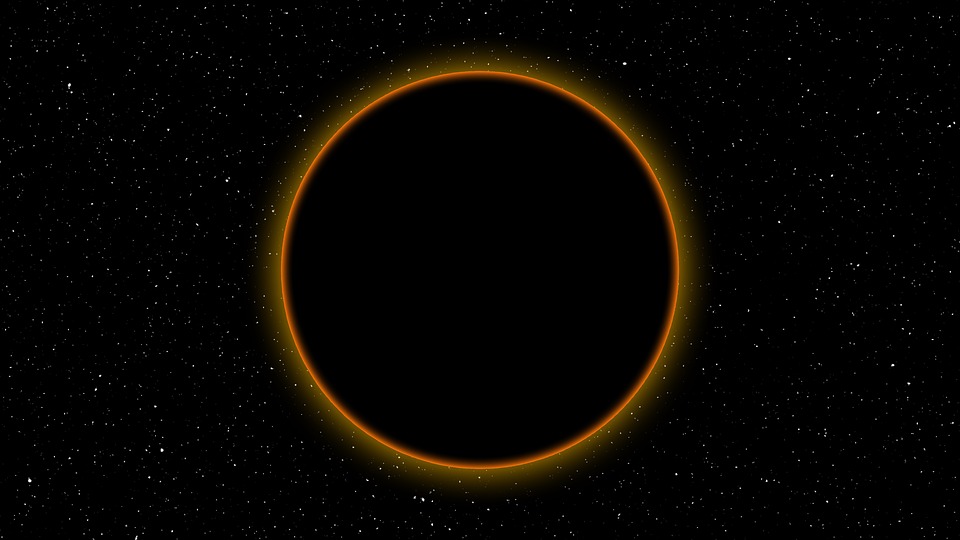
There’s a planet the size of Jupiter whipping around a star 466 light-years away from Earth, and it might be the color of plums, or dying embers or, well … just about anything else.
Researchers don’t know for sure, because the massive, gassy world is one of the darkest planets astronomers have ever detected. According to a new paper posted April 17 in the preprint journal arXiv, the planet known as WASP-104b is “darker than charcoal” and may swallow up to 99 percent of the light its local star sheds upon it.
“From all the dark planets I could find in the literature, this is top five-ish,” study author Teo Mocnik, a researcher at Keele University in Staffordshire, England, told New Scientist. “I think top three.”
(The darkest planet discovered so far is the pitch-black exoplanet TrES 2B, or Kepler-1b, located about 750 light-years away, which absorbs more than 99 percent of the light that hits it.) Mocnik and colleagues did not discover WASP-104b (it was first described in 2014), but they did bring its impressive darkness to light after poring over data provided by the Kepler Space Telescope.
By Brandon Specktor – Full Story at Live Science


